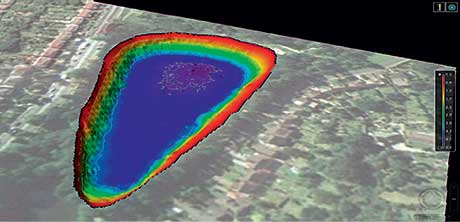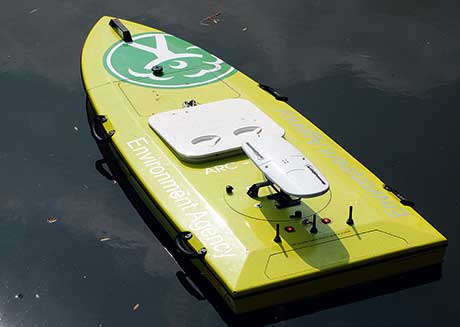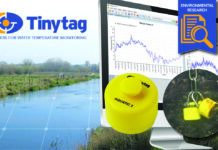
A research consultancy has dived in at the deep end as the regulatory requirement to assess reservoirs and lakes is widened to include smaller bodies of water.
The firm, HR Wallingford, has developed a remote control boat that employs a SonTek M9 acoustic doppler profiler (ADP), a five-beam depth-sounding device that scans the reservoir bed as the boat is guided across the water’s surface.
Recorded data are analysed by SonTek software to produce accurate depth measurement in addition to 3D maps of the entire water body. With a small amount of post-processing in GIS or 3D CAD, an accurate water volume can be determined.
Craig Goff, a reservoir supervising panel engineer and dam specialist at Wallingford, used the boat in a trial project to assess five reservoirs. “This new method offers tremendous advantages over traditional manned boat techniques because it is faster, safer, more environmentally friendly and involves fewer staff and resources,” he said.
“All of this combines to mean that it saves a great deal of time and money. This is particularly important because the Flood and Water Management Act 2010 will necessitate the volumetric assessment of many water bodies that have previously been below the threshold and therefore outside of the ambit of the Reservoirs Act 1975.”
As a result of residential and industrial development, the levels of risk associated with many UK reservoirs have changed, and the Flood and Water Management Act 2010 amended the Reservoirs Act 1975 to bring a more risk-based approach to reservoir regulation. The 2010 Act seeks to achieve this by:
reducing the capacity at which a reservoir will be regulated from 25,000m³ to 10,000m³
requiring all undertakers with reservoirs over 10,000m³ to register their reservoirs with the Environment Agency
ensuring that only those reservoirs assessed as high risk are subject to full regulation.







